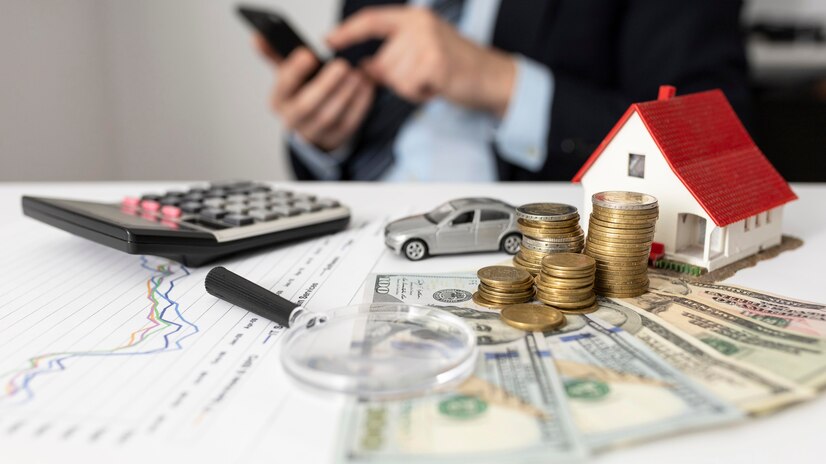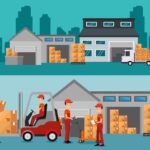A well-optimized drive-thru can significantly impact a business’s profitability, especially in fast food and coffee service. Customers prioritize speed and convenience, so a slow drive-thru can result in lost sales, frustrated customers, and negative reviews.
Increased Sales
The faster a drive-thru operates, the more customers it can serve, directly boosting revenue. Long wait times often drive customers to competitors with quicker service. By streamlining operations, businesses can process more orders in less time, maximizing their earning potential.
Better Customer Satisfaction and Retention
Fast, efficient service keeps customers happy and encourages repeat business. When people know they can get their order quickly and accurately, they’re more likely to return. A positive experience also leads to word-of-mouth referrals and good online reviews, attracting even more customers.
Lower Operational Expenses
Improving drive-thru efficiency helps reduce labor costs by making staff more productive and eliminating unnecessary downtime. Technologies like digital menu boards, automated ordering systems, and optimized workflows minimize errors and waste, saving money in the long run.
Competitive Advantage
A well-run drive-thru can set a business apart from competitors. Major brands like Chick-fil-A and McDonald’s have invested in drive-thru innovations, increasing efficiency and customer volume, which directly strengthens their bottom line.
Ultimately, a faster drive-thru is more than a convenience—it’s a key factor in profitability. By prioritizing speed and efficiency, businesses can increase sales, reduce costs, and build long-term customer loyalty.
Infographic provided by Quikserv, a provider of transaction windows










 /home/u448362301/domains/theexpotab.com/public_html/wp-content/themes/foxiz/templates/popup.php on line 167
/home/u448362301/domains/theexpotab.com/public_html/wp-content/themes/foxiz/templates/popup.php on line 167